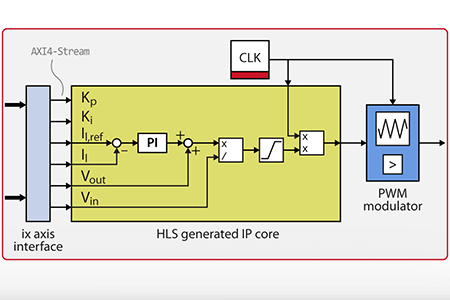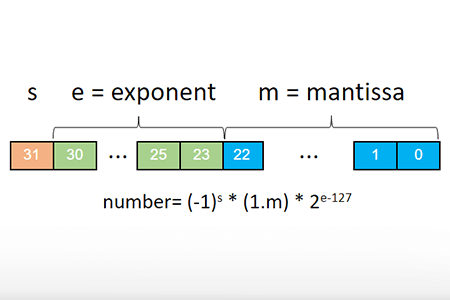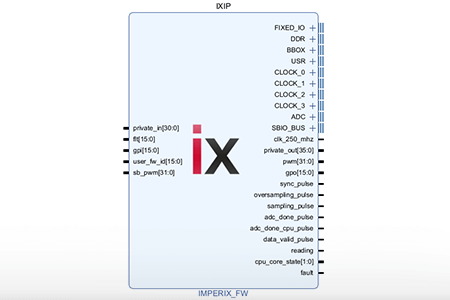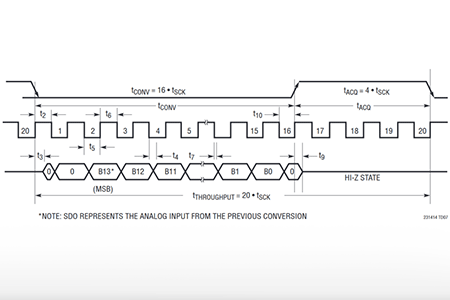Getting started with FPGA control development
This note explains how to get started with the implementation of power converter control algorithms in the FPGA of imperix power electronic controllers. The benefit of offloading all or parts of the computations from the CPU to the FPGA is that it often results in much faster closed-loop control systems. First, the FPGA control starter…
